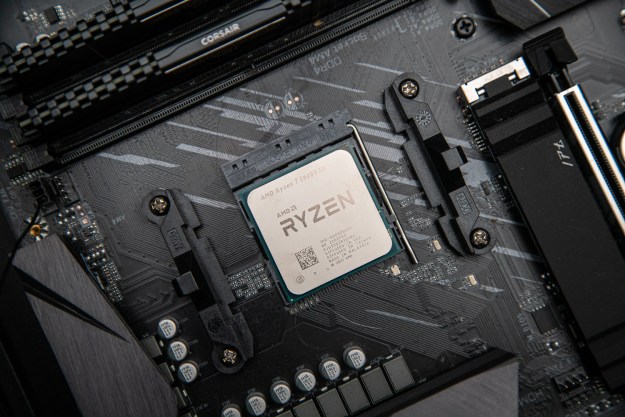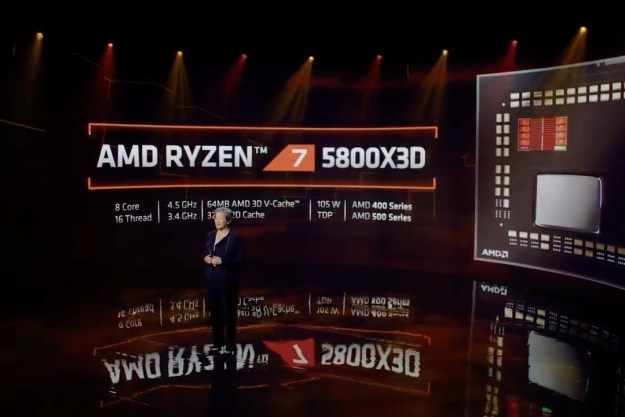Shown off via a YouTube video published late last month, Derwood describes his creation as a “mostly” 3D-printed firearm with roughly 95 percent of the construction done through prints. The resulting product (seen in the video below) is completely void of a serial number, impossible to trace back to Derwood, and entirely legal — which is perhaps its most controversial feature.
Though Derwood’s 3D-printed automatic weapon (dubbed the Shuty-MP1) isn’t the first of its kind to make waves, he does claim he’s the first to combine 3D-printed parts with store-bought components. Fully 95 percent of the weapon comes by way of a 3D printer; the West Virginia native opted to use a real Glock barrel along with a metal hammer, firing pins, bolts, and springs to complete the construction. Although it has elements of a store-bought gun, each component is merely an accessory (meaning they require an actual gun for use), allowing the finished product to remain legal.
“No one had ever tried to get a semi-automatic 3D-printed gun working before…I’m just one of those types, I like to find new things that people say can’t be done,” Derwood tells Wired. “It’s simple, but it works. The gun shoots great.”
Derwood’s decision to manufacture this home-built semi-auto stems purely from a desire to challenge his engineering skills — aside from sending a big middle finger to those pushing gun control laws. Because of this, he in no way intends to share his plans online (something the State Department has recently begun cracking down on) and further points out that criminals shouldn’t even be interested in his creation. Why? After successively firing roughly 18 rounds, the printed part surrounding the gun’s barrel starts to melt and change its shape unless the shooter allows it to cool.
“If you keep shooting, it’s going to fail,” he continues. “That makes it not such a desired weapon for a criminal.”
Although Derwood feels it’s not an ideal weapon of choice for a criminal, 18 consecutive rounds could still do some damage. In a separately published video, Derwood displays the gun’s firing power, shooting eight 9mm rounds towards three soda cans sitting next to a piece of plywood. If you happened to watch the video under the assumption he was using a real, traditionally constructed gun, you’d have no idea most of the thing was developed with a 3D printer. We aren’t sure if that’s impressive or alarming.
Editors' Recommendations
- Nvidia turns simple text prompts into game-ready 3D models
- AMD might be about to launch the most powerful laptop of 2023
- 3D printed cheesecake? Inside the culinary quest to make a Star Trek food replicator
- This is how you can accidentally kill AMD’s best CPU for gaming
- AMD is ready to battle Intel with next-gen 3D V-Cache CPUs


